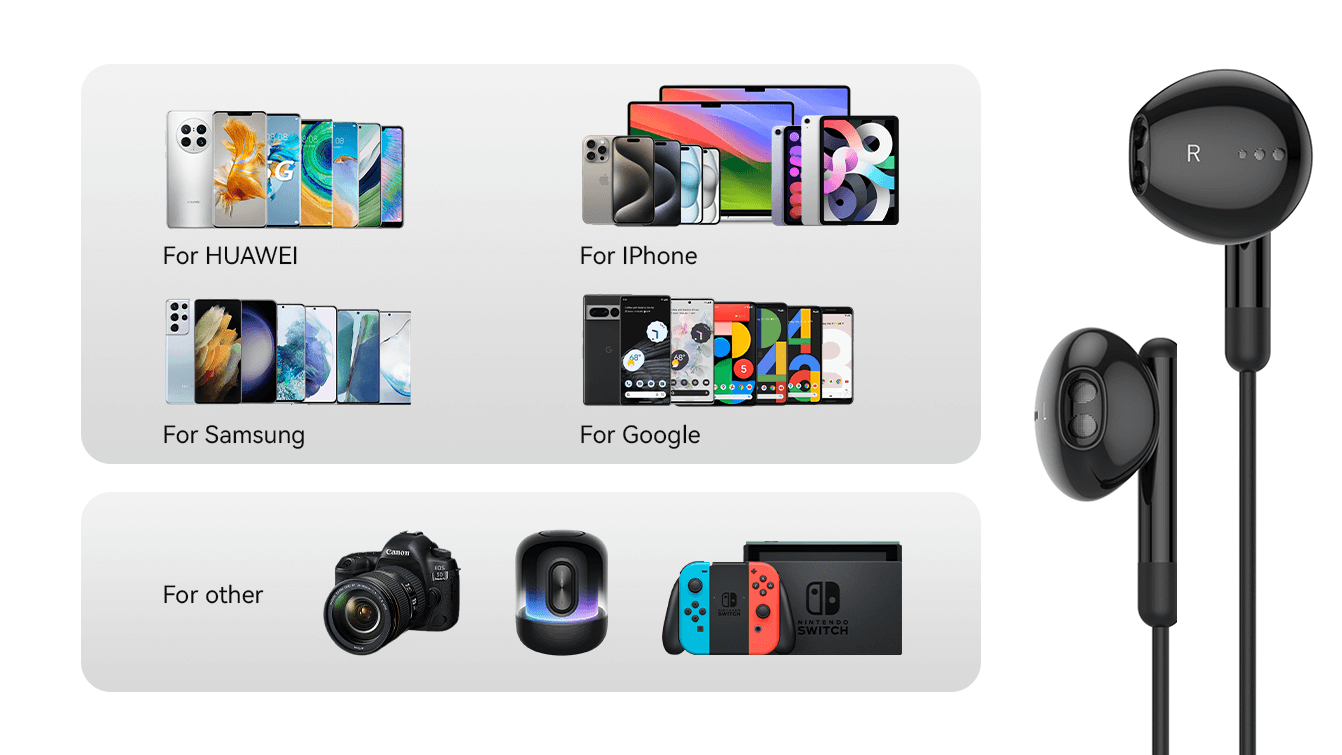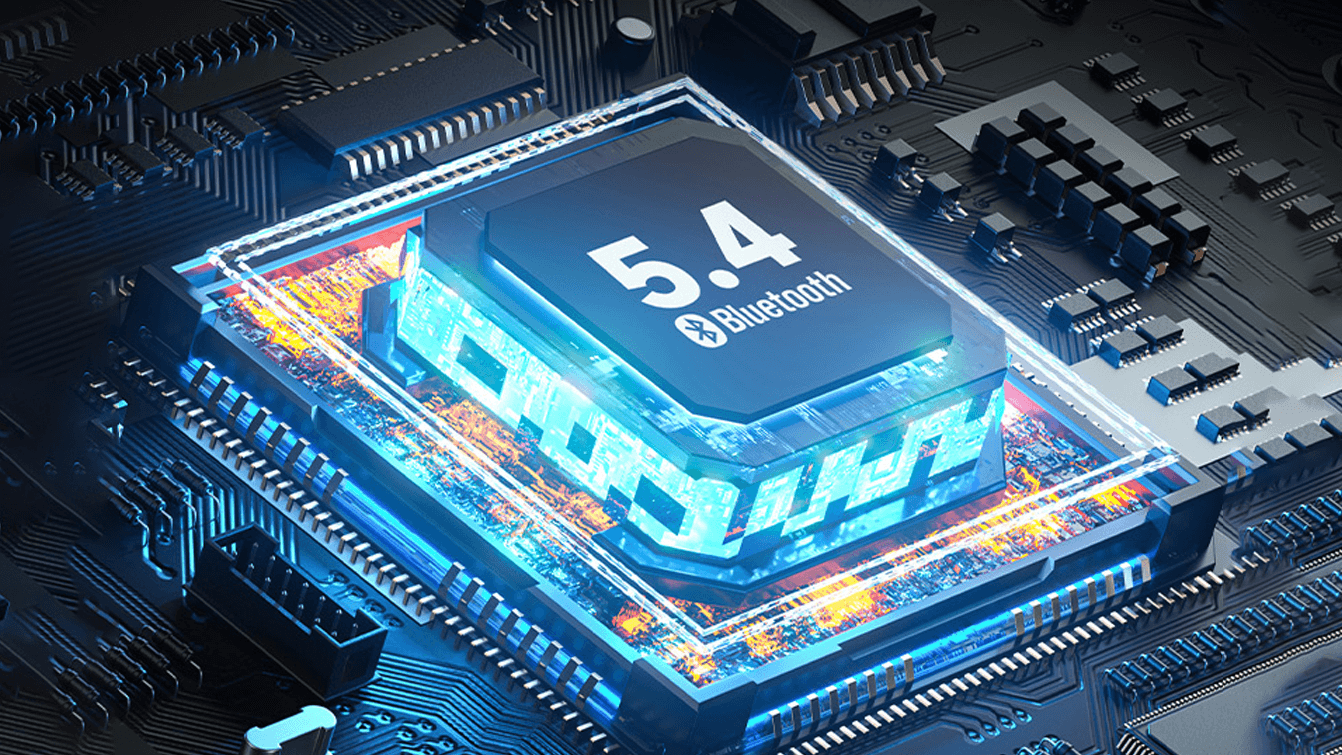
-
Home > NEWS > Product News
What are the advantages and disadvantages of USB Type-C?
What are the advantages and disadvantages of USB Type-C?
USB Type-C is a new interface standard with smaller interface size, higher data transfer rate and better scalability, which has become the standard interface for a new generation of electronic devices.
Advantages of USB Type-C interface
1, higher transfer rate: USB Type-C interface supports the USB 3.1 protocol, the maximum transfer rate of up to 10Gbps, is more than twice the traditional USB interface, faster transmission of large files, high-definition video and other data.
2, better scalability: USB Type-C interface supports a variety of protocols, including USB, DisplayPort, Thunderbolt, etc., which can realize data transmission, video output, audio output, power transmission and other functions, providing users with a more convenient use experience.
3, bi-directional plug design: USB Type-C interface has a bi-directional plug design, which can realize the positive and negative insertion, avoiding the embarrassing situation of the traditional USB interface plugging back, but also increase the convenience of plugging.
4, smaller interface size: USB Type-C interface size is smaller than the traditional USB interface, can provide more space for the device, but also easy to carry and use.
5, support for fast charging: USB Type-C interface supports fast charging, which can provide faster charging speed for mobile devices.
6, stronger compatibility: USB Type-C interface can be backward compatible with traditional USB interfaces, but also through the adapter to achieve compatibility with other interfaces, providing users with greater flexibility. In summary, the USB Type-C interface has a higher transfer rate, better scalability, two-way plug design, smaller interface size, support for fast charging and compatibility and other advantages, has become an important representative of the new generation of interfaces.
However, USB Type-C also has some disadvantages, Comtang USB Type-C manufacturer will analyze the following aspects.
I. Compatibility Problems
As USB Type-C is a brand new interface standard, there are compatibility problems with the old version of the USB interface, HDMI interface, audio interface and so on. Although the USB Type-C interface itself can be downward compatible through the adapter, but in the actual use of the process, the need to use a variety of adapters and converters, increasing the cost and complexity of use.
Second, security issues
The USB Type-C interface supports fast charging and fast data transfer, but in the fast charging process, due to the high voltage and current of the power output, it will cause damage to the device if it is used improperly or with low-quality chargers and data cables. In addition, the USB Type-C interface has some security vulnerabilities, such as malware stealing users' private information, abnormal power output and other problems.
III. Design Issues
The small size and bi-directional plug-and-play design of the USB Type-C interface makes it necessary to require higher precision and more complex structures during the design and manufacturing process, which increases the manufacturing cost and technical difficulty. In addition, since the USB Type-C interface supports simultaneous transmission of data and power, it requires more detailed design and layout of the line to ensure the stability and reliability of data and power transmission.
Fourth, market confusion
Due to the openness and expandability of the USB Type-C interface standard, each manufacturer can customize and modify it according to their own needs, resulting in the existence of a variety of different USB Type-C interface standards on the market, such as USB 3.1 Gen 1, USB 3.1 Gen 2, Thunderbolt 3 and so on. This has also brought some confusion and trouble to users' selection and use. For example, some devices only support specific USB Type-C interface standards, which may not work properly if users choose the wrong product.
Although USB Type-C interface has the advantages of higher data transfer rate, better scalability and smaller interface size, it also has the disadvantages of compatibility problems, security problems, design problems and market confusion problems. Therefore, when purchasing and using USB Type-C interface devices, users need to be more cautious and choose regular brand manufacturers and genuine products to ensure the compatibility and safety of the devices.
Get the latest price? We'll respond as soon as possible(within 12 hours)



















